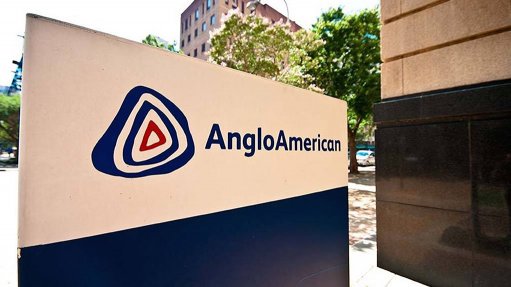‘Gold mining not only contributor to seismic events in Gauteng’
Historical research by the Council for Geoscience (CGS) has found that the gold mining sector is not the sole cause of seismic events in and around Johannesburg but has, however, amplified the number and magnitude of seismic events, delegates were told earlier this month at this year’s CGS conference, held in Pretoria.
Following a 5.5-magnitude earthquake with its epicentre in Orkney – a gold mining town in the Klerksdorp district, in the North West – in 2014, that struck parts of Johannesburg, it was thought that historical mining activities had compromised the stability of the fault lines which the town overlays.
However, CGS seismicity researcher Nicolette Flint explained that seismic events in the former Transvaal, particularly in Johannesburg, had been recorded prior to the Witwatersrand Gold Rush, which started in 1886, suggesting that seismicity and earthquakes in Johannesburg had natural causes.
She noted that records of the first alleged mining-related seismic events dated back to 1898, albeit only one or two tremors reported each year. By 1906, the frequency of tremor and rock burst reports increased dramatically, becoming “a fact of life” for Johannesburg residents.
Following a government-decreed installation of a seismograph in Ophirton, Johannesburg, in 1910, seismic events were given greater prominence in the press, with every tremor having been reported from 1908 to 1918.
Prior to the installation of the seismograph, seismicity reports had no scientifically recordable mechanism against which they could be verified; therefore, no accurate sources existed for determining the scale and magnitude of those seismic events in Johannesburg.
Flint’s research found that, from 1840 to 1949, about 199 tectonic, or natural, seismic events were recorded in this manner across South Africa. From November 1907 to December 1950, about 700 mining-related seismic events were recorded in the Johannesburg area.
She concluded that determining the geographical distribution of tectonic and mining- related seismic events would enable future research to assess the threat of seismic events in areas of Johannesburg.
Comments
Press Office
Announcements
What's On
Subscribe to improve your user experience...
Option 1 (equivalent of R125 a month):
Receive a weekly copy of Creamer Media's Engineering News & Mining Weekly magazine
(print copy for those in South Africa and e-magazine for those outside of South Africa)
Receive daily email newsletters
Access to full search results
Access archive of magazine back copies
Access to Projects in Progress
Access to ONE Research Report of your choice in PDF format
Option 2 (equivalent of R375 a month):
All benefits from Option 1
PLUS
Access to Creamer Media's Research Channel Africa for ALL Research Reports, in PDF format, on various industrial and mining sectors
including Electricity; Water; Energy Transition; Hydrogen; Roads, Rail and Ports; Coal; Gold; Platinum; Battery Metals; etc.
Already a subscriber?
Forgotten your password?
Receive weekly copy of Creamer Media's Engineering News & Mining Weekly magazine (print copy for those in South Africa and e-magazine for those outside of South Africa)
➕
Recieve daily email newsletters
➕
Access to full search results
➕
Access archive of magazine back copies
➕
Access to Projects in Progress
➕
Access to ONE Research Report of your choice in PDF format
RESEARCH CHANNEL AFRICA
R4500 (equivalent of R375 a month)
SUBSCRIBEAll benefits from Option 1
➕
Access to Creamer Media's Research Channel Africa for ALL Research Reports on various industrial and mining sectors, in PDF format, including on:
Electricity
➕
Water
➕
Energy Transition
➕
Hydrogen
➕
Roads, Rail and Ports
➕
Coal
➕
Gold
➕
Platinum
➕
Battery Metals
➕
etc.
Receive all benefits from Option 1 or Option 2 delivered to numerous people at your company
➕
Multiple User names and Passwords for simultaneous log-ins
➕
Intranet integration access to all in your organisation

















